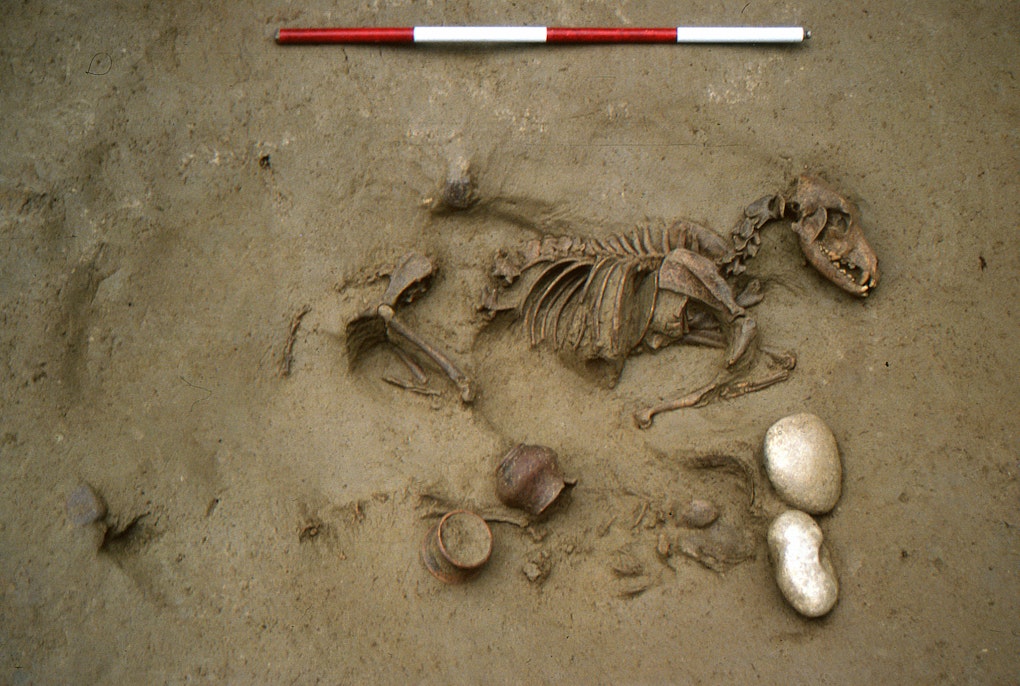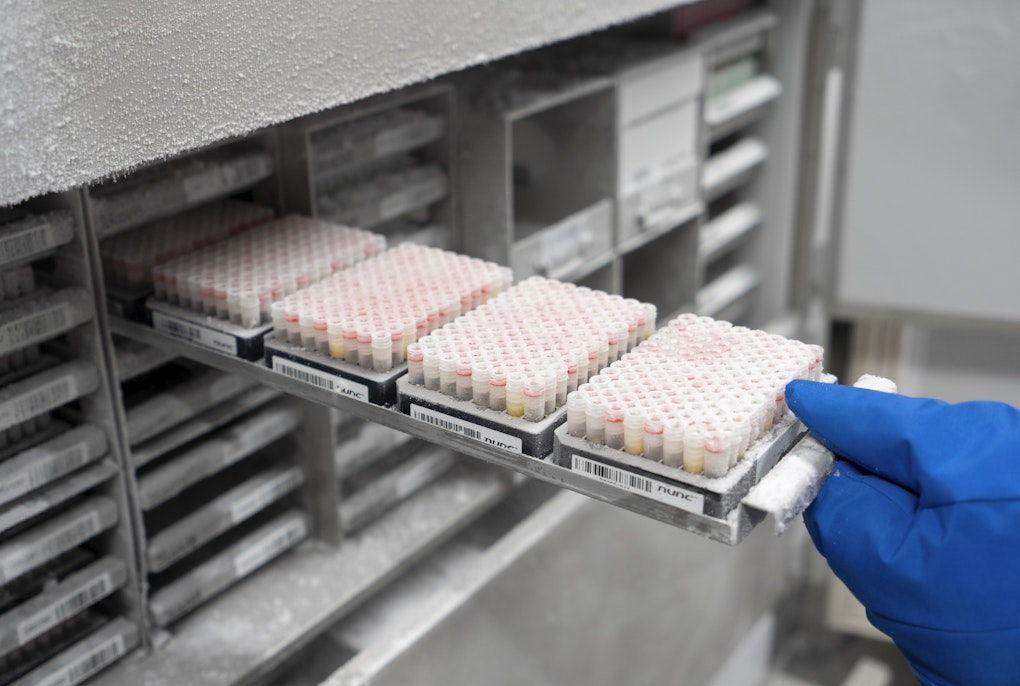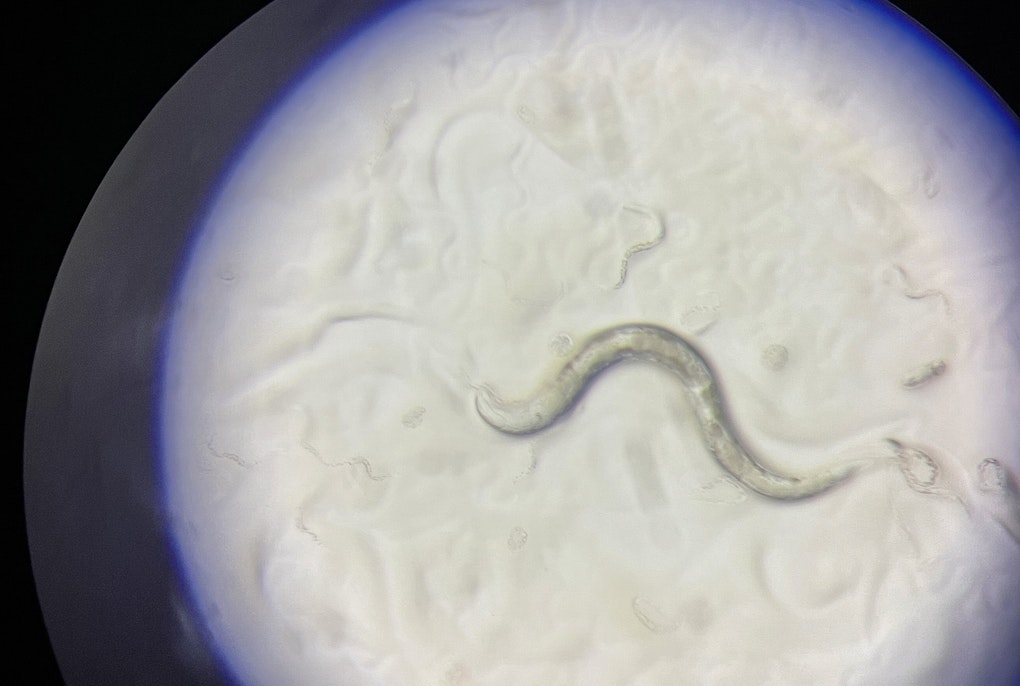magazine_ News
Parkinson Research: Important Protective Protein Discovered
Parkinson’s disease is one of the most common neurodegenerative disorders of the central nervous system. It is caused by the death of cells in the midbrain. In around 30% of Parkinson’s sufferers in families, and 5% of sporadic patients, changes in specific genes are responsible for the disease. One gene, called Parkin, is of particular significance for this inherited form of the disease, especially with younger onset. It protects the mitochondria, the cellular powerhouse of the nerve cells, and this may help prevent the cells from dying. Scientists at Eurac Research have been trying systematically to identify proteins which work together with Parkin. In a joint study with the University of Lübeck and the Sanford Burnham Prebys Medical Discovery Institute in La Jolla (California) the biomedical researchers at Eurac Research have discovered a mitochondrial protein which works in conjunction with Parkin and which supports its protective function.
With the inherited forms of Parkinson’s, mutations in the gene called Parkin play a key part. These are the forms of the disease which present very early on in life, often between the ages of 20-40. Parkin mutations have been estimated to cause almost 80% of Parkinson’s with an onset under 30. If Parkin is restricted in its function, the mitochondria, which are in charge of supplying energy to the cells, will also be adversely affected. Since nerve cells require a considerable amount of energy, defective mitochondria are believed to contribute to their premature death. Scientists at Eurac Research have spent the past few years trying to establish the extent to which Parkin protects the cells and to identify the other proteins which work together with it. In so doing, they discovered that the SLP-2 protein can interact with Parkin, in cell models and in nerve cells derived from the skin cells of patients with Parkin mutations. This interaction seems to be at the centre of maintaining well-functioning mitochondria, thus preventing the nerve cells from dying. “Our most important discovery is that increased amounts of the SLP-2 protein can compensate for Parkin deficits and thus prevent the cell from dying off”, explains molecular biologist Irene Pichler from Eurac Research. “This finding could be a starting point for developing new ways of treating Parkinson patients. We are now seeking to reactivate the protective function in cells containing a defective Parkin gene.” Scientists from Eurac Research collaborated with the Institute for Neurogenetics at the University of Lübeck and the Sanford Burnham Prebys Medical Discovery Institute in La Jolla to carry out this study. The Californian research partner has modelled the results using fruit flies, and this confirmed the findings. The renowned scientific journal “Human Molecular Genetics” has published the results of the study.




